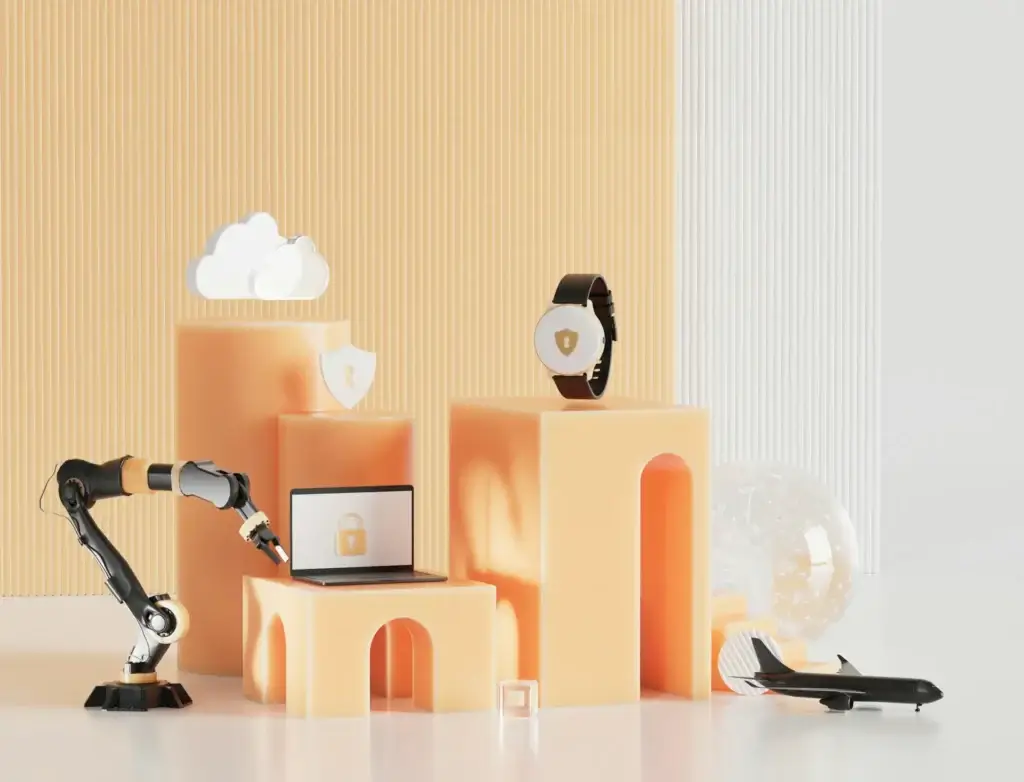Building Scalable Platforms for Logistics with Cloud and IoT Technologies
Logistics is no longer just about moving goods from point A to point B. Today, it’s about real-time tracking, intelligent routing, and systems that scale on demand. To keep up, logistics companies are turning to cloud infrastructure and IoT — a combination that’s helping them move faster, work smarter, and stay competitive in a constantly shifting landscape.
Table of Contents
Why IoT Product Engineering Services Are Essential

Everything starts with connectivity. And that’s precisely what IoT product engineering services bring to the table — the ability to link vehicles, devices, warehouses, and packages into a single, intelligent system.
These services turn physical assets into live data sources. A refrigerated truck can tell you if its cargo is too warm. A warehouse sensor can flag low stock before it becomes a problem. And a fleet management system can alert you when a delivery truck needs servicing — before it breaks down. That kind of visibility changes the game. It means fewer surprises, better planning, and smoother operations.
What Modern Delivery App Development Gets Right
But smart sensors alone aren’t enough. What good is real-time data if customers can’t see it, or your team can’t act on it? That’s where thoughtful delivery app development becomes a make-or-break factor.
The best apps don’t just show you where your order is. They predict delays, reroute drivers, and let customers reschedule deliveries with a tap. On the backend, logistics teams can see it all — live maps, order volumes, vehicle performance — in one clean dashboard. When demand spikes, cloud-powered apps scale seamlessly. No crashing. No lag. Just smooth delivery, even on your busiest day.
Scaling With Cloud Without Breaking a Sweat
The beauty of cloud infrastructure is that you can grow without rebuilding from scratch. Need to onboard 100 new drivers next week? Add new regions? Roll out a new service tier? The cloud handles it.
It also brings everything — IoT devices, apps, analytics — into one place. That means no data silos and no juggling disconnected tools. And because leading cloud platforms come with built-in security, backups, and compliance features, your team can focus on operations, not infrastructure headaches.
Real-Time Data That Actually Does Something
Here’s where it gets exciting: when your IoT devices feed data into the cloud, and your platform is built to react instantly, you’re not just watching what’s happening — you’re doing something about it.
A blocked route? Your system reroutes automatically. A shipment going out of the temperature range? Alert sent. Inventory almost gone? Reorder triggered. It’s logistics that thinks ahead, not just logs behind. And once you experience it, there’s no going back to manual spreadsheets or radio check-ins.
Proof in the Real World
This isn’t theory — it’s already happening:
- Grocers use smart shelves that reorder stock before it runs out.
- Medical couriers monitor vaccine temperatures across entire routes.
- Food delivery platforms adjust driver incentives in real time based on demand.
These aren’t just improvements — they’re massive efficiency gains, happening every day thanks to the right tech stack and innovative implementation.
Final Thoughts
Logistics today demands more than trucks and tracking numbers. It needs intelligent systems that scale with your business, adapt in real time, and give both you and your customers the confidence to trust the process.
That’s precisely what you get when you combine high-quality IoT product engineering services with modern delivery app development built on cloud infrastructure. The result? Faster deliveries, fewer errors, and a platform that grows as you do, without slowing you down.
